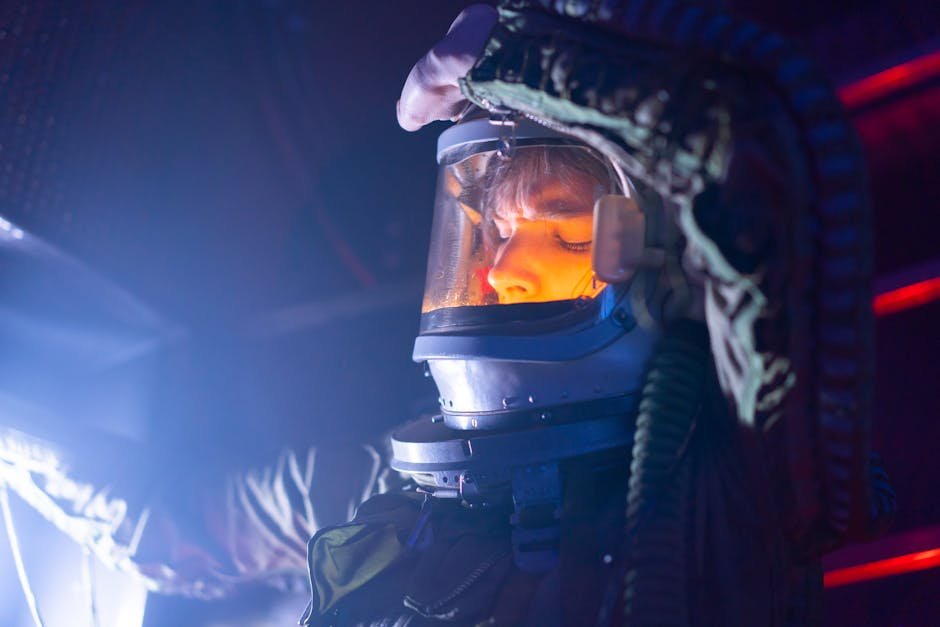Key Takeaways
- Fantastic and Funtastic represent two adjacent geopolitical regions with distinct governance and cultural identities despite their proximity.
- Fantastic is characterized by a highly centralized administrative structure, whereas Funtastic operates under a more decentralized political framework.
- Economic activities in Fantastic are predominantly state-controlled, contrasting with Funtastic’s mixed economy which encourages private enterprise.
- Border disputes between Fantastic and Funtastic have shaped diplomatic relations and regional security policies over the past decades.
- Demographic compositions differ notably, with Fantastic exhibiting a more homogeneous population compared to Funtastic’s diverse ethnic tapestry.
What is Fantastic?

Table of Contents
Fantastic is a geopolitical region located in the central zone of the continent, known for its well-defined territorial boundaries established through historical treaties. It functions under a centralized government system that influences all aspects of regional administration.
Governance and Political Structure
The political system in Fantastic is predominantly centralized, with power concentrated in the hands of a federal government based in the capital city. This structure allows for uniform policy implementation across all provinces, reducing regional disparities. Local governments exist but have limited autonomy, primarily executing directives from the central authority. This centralization facilitates rapid decision-making in matters such as infrastructure development and national security. However, it also leads to occasional tensions with regional groups seeking greater self-determination.
Economic Landscape
Fantastic’s economy is largely state-driven, with key industries such as energy, mining, and transportation under government ownership. This model has ensured stable revenue streams and significant investment in public services. However, it has also limited private sector growth, resulting in fewer entrepreneurial opportunities. The government maintains strict regulations on foreign investments, aiming to protect strategic assets. Despite these controls, Fantastic has attracted multinational corporations interested in its natural resources.
Demographic and Cultural Characteristics
The population of Fantastic is mainly homogenous, with a majority ethnic group sharing a common language and cultural traditions. This homogeneity has fostered social cohesion but has also made the region less receptive to immigration. Cultural festivals and state-sponsored events emphasize national history and unity, reinforcing a shared identity. Education policies promote a standardized curriculum that highlights the region’s historical narrative. Minority groups exist but have limited political representation and influence.
Geopolitical Significance and Border Relations
Fantastic’s borders were demarcated through a series of treaties that have occasionally been sources of contention, particularly with neighboring states. The region holds strategic importance due to its location along major trade routes and natural resource deposits near its boundaries. Border security is a priority, with a substantial military presence to deter incursions and smuggling. Diplomatic efforts have been ongoing to resolve lingering disputes, involving international mediators. These efforts reflect Fantastic’s interest in maintaining regional stability while asserting its territorial claims.
What is Funtastic?

Funtastic is a neighboring geopolitical entity distinguished by a federal system that grants significant autonomy to its constituent regions. It is located to the east of Fantastic and is known for its ethnically diverse population and mixed-market economy.
Decentralized Governance Model
Funtastic employs a decentralized political structure that empowers regional governments with legislative and fiscal authority. This model encourages local decision-making tailored to the specific needs of diverse communities. The federal government focuses on national defense and foreign policy, allowing regions to manage education, health, and infrastructure. Such decentralization has led to varied development levels across regions but promotes political pluralism. Regional assemblies often serve as platforms for ethnic groups to voice their interests.
Economic Diversity and Market Dynamics
Funtastic’s economy features a blend of private enterprise and public sector involvement, fostering innovation and competition. Key industries include technology, agriculture, and tourism, reflecting the region’s diverse geography and resources. Market liberalization policies have attracted foreign investment and stimulated small business growth. The government supports entrepreneurship through tax incentives and grants targeted at emerging sectors. Economic disparities persist, however, particularly between urban centers and rural areas.
Ethnic Mosaic and Cultural Pluralism
The population of Funtastic is ethnically heterogeneous, comprising multiple linguistic and cultural groups coexisting within its borders. This diversity is celebrated through various cultural festivals and institutional recognition of minority languages. Educational systems are adapted regionally to accommodate linguistic differences and preserve heritage. Multiculturalism is a cornerstone of Funtastic’s national identity, often influencing policy and social programs. While tensions occasionally arise, mechanisms for interethnic dialogue help maintain social harmony.
Border Management and Regional Cooperation
Funtastic’s border policies emphasize cooperation with neighboring states, including Fantastic, to facilitate trade and movement. Cross-border initiatives focus on infrastructure development, environmental conservation, and security collaboration. Despite historical disputes, diplomatic channels remain active to address challenges such as illegal trafficking and migration. Joint commissions regularly convene to monitor border conditions and propose confidence-building measures. These efforts contribute to a relatively stable border environment in a geopolitically sensitive area.
Comparison Table
The table below outlines key aspects differentiating Fantastic and Funtastic in geopolitical, economic, and cultural contexts.
| Parameter of Comparison | Fantastic | Funtastic |
|---|---|---|
| Administrative Control | Highly centralized with limited regional autonomy | Decentralized federal system with empowered regional governments |
| Economic Model | State-dominated industries with restricted private sector | Mixed economy fostering private enterprise and innovation |
| Population Composition | Predominantly homogeneous ethnic group | Multiethnic with recognized minority communities |
| Border Security Approach | Strong military presence focused on territorial defense | Collaborative border management emphasizing regional partnerships |
| Foreign Investment Policy | Strict controls to protect national assets | Open policies encouraging diverse foreign investments |
| Education System | Standardized curriculum emphasizing national unity | Region-specific curricula supporting cultural pluralism |
| Diplomatic Relations | Occasional tensions due to border disputes | Active cooperation mechanisms despite historical conflicts |
| Infrastructure Development | Centralized planning with uniform standards | Varied regional initiatives reflecting local priorities |
| Legal Framework | Uniform laws enforced nationwide | Legal pluralism allowing regional legislative variations |
| National Identity Expression | Emphasis on shared heritage and cultural homogeneity | Celebration of multiculturalism and ethnic diversity |
Key Differences
- Governance Centralization — Fantastic exercises strong central authority, while Funtastic promotes regional self-rule within a federal framework.
- Economic Orientation — Fantastic relies on government-controlled sectors, contrasting with Funtastic’s encouragement of private entrepreneurship and market variety.
- Ethnic Diversity — The population of Fantastic is largely uniform, whereas Funtastic embraces a wide array of ethnic and cultural groups.
- Border Policy Focus — Fantastic prioritizes military defense, but Funtastic leans towards cooperative and diplomatic border management.
- Educational Approaches — Fantastic implements a one-size-fits-all curriculum, but Funtastic adapts education to reflect regional identities and languages.
FAQs
How do Fantastic and Funtastic handle minority rights differently?
Fantastic’s centralized governance limits political representation for minorities, often prioritizing majority cultural norms. In contrast, Funtastic’s federal system actively acknowledges minority rights through regional autonomy and inclusive policies.